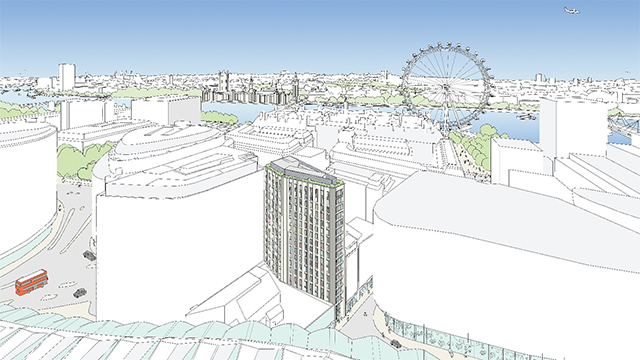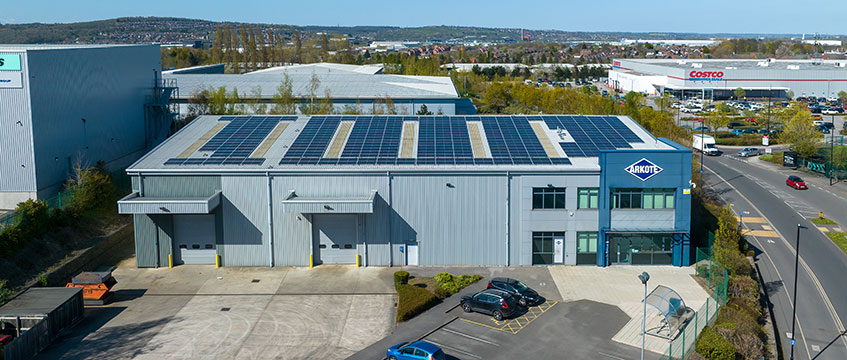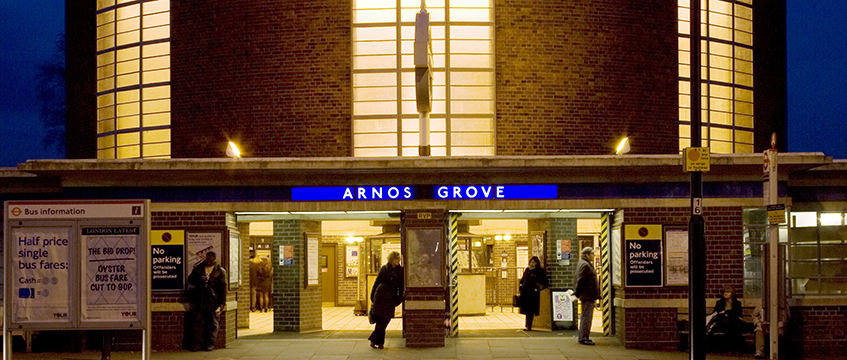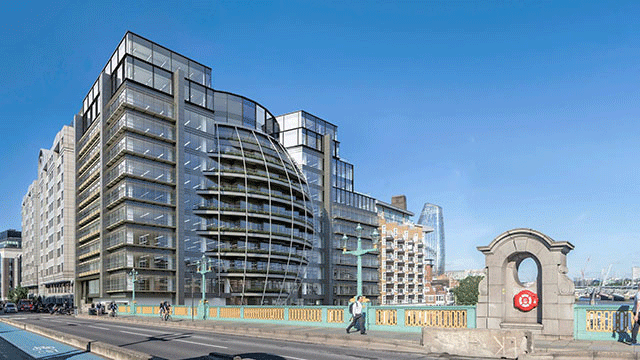Transport for London (TfL) has unveiled its ambition to become a major London landlord with the announcement it will build and manage a 3,000-home rental portfolio with a private sector partner.
The joint venture will be seeded with 10 build-to-rent sites around London, which it will build out and hold to help plug the gap left by the government pulling its £700m annual grant.
It is looking for a partner from the private sector to help finance, design and manage the schemes. TfL will be a 49% owner of the jv.
The Tube operator is moving away from a strategy of selling off land for single cash sums, instead holding them to create a long-term income stream.
“It is probably more of a question of ‘why didn’t we do that in the first place?’” said Graeme Craig, director of commercial development.
“We can take a long-term view in terms of investment. In terms of the design and quality of what we build, we know we will be running the transport network for decades to come, so why wouldn’t we create that long-term revenue stream?”
UK first
TfL will be the first transport operator to set up its own private rental sector arm in the UK, though it follows a number of councils that have created rental companies.
Dan Lovatt, head of property development at TfL – who is leading the process – said TfL wants a partner that already has experience in scheme management.
“We do not want people learning on our projects. That is important,” he added.
TfL is also looking for a developer with a strong balance sheet. While it will supply the sites and some equity, a partner needs finance to build them out quickly – speed is a major priority.
The portfolio should generate a huge amount of interest from existing and new entrants to the booming rental market – offering a ready assembled portfolio of sites of various sizes around London in which the jv partner will have design input.
Scroll down to see the portfolio of sites
Only three sites currently have planning permission.
“We are really expecting that partner to bring along that expertise of driving the most efficient operating model into the planning consent and then developing sites out,” said Lovatt.
Around 40% of the portfolio will be affordable, though varying levels of discounted market rent will be decided on a scheme-by-scheme basis.
Expressions of interest have been invited by the end of October, with a preferred partner scheduled to be chosen by March 2019.
Savills is advising TfL.
The Property Partnerships framework
The Property Partnerships framework of 13 developers – launched in 2016 with the aim of developing 75 sites – will continue, though the new portfolio is arguably a recognition that it is no longer fit for purpose.
The panel was set up at the peak of the London residential boom and includes mostly for-sale developers hit by the slowing sales market.
The 1,500-home Limmo site, launched in February, failed to find a buyer and was withdrawn from the panel in August.
Lovatt said: “The challenge we had there was the sort of developers we have on that panel were private for-sale. They were coming at it from the wrong angle, so we would like now to come at it from the point of view of it being a build-to-rent site with perhaps some private sale to help with cash flow.”
The panel also ran into difficulties when the sites it brought forward were scuppered by higher affordability requirements by the new mayor, Sadiq Khan, who wanted to use the public land TfL owned to help meet his campaign pledge of 50% affordable housing.
However, Craig refutes this.
“I bridle slightly at, well no I bridle quite a lot, at the [suggestions that the] 50% [affordable housing level] scuppered Property Partnerships,” he said.
“We are hitting every number that we said we would do at the launch of property partnerships. 50% of course means we have to work harder, but we have hit all the numbers and its not scuppered anything.”
Built-in flexibility
The new jv will be set up with a large degree of flexibility to allow it to change direction as the need arises, while being extremely clear at the start about affordable housing requirements.
TfL and its partner will create a separate company that can build and manage the sites and will not be subject to OJEU procedures and public tendering.
More sites are available alongside the first tranche, while the jv will also have the option to bring in other developers to build sites if they do not have the capacity. The partnership, if successful, could grow, or TfL could start another if other developers are interested.
“We have just got to start,” said Lovatt.
“We will start off with one partnership with one investment partner and we will see how it goes, if that partnership can grow at scale that would be great because there are efficiencies: reduced transaction costs, consistent management and a consistent approach to development.”
It will even have the flexibility to buy other sites and finished schemes from TfL’s existing partnerships framework, and from other public sector bodies. It could even technically buy chunks of the embattled Earls Court development – though Craig says no such conversation has occurred.
This will not be done with TfL borrowing, but with proceeds from other land sales.
To increase delivery speed, TfL is even looking at modular housing functions, though Craig said it has no plans to build its own factory.
The sites
■ Canning Town, Limmo No planning, 1,500-home capacity
■ Vauxhall, Nine Elms 1.9-acre site above Nine Elms Northern line station, with planning for 332 homes. Start on site when station finished in 2020.
■ Montford Place, Kennington 1.1-acre site around Crossrail ventilation shaft. No planning.
■ Arnos Grove Land around Arnos Grove station, including car park.
■ Hounslow West Land around station, including car park.
■ Southall Land around Crossrail station siding – capacity for 200 homes.
■ Woolwich, Greenwich 392 homes, unspecified site.
■ Wembley Park TfL owns land and sidings surrounding the station.
■ Cockfosters TfL owns land at both the station and nearby depot.
■ Newbury Park TfL owns land around the station.
TfL has not specified exact sites. All site information taken from GLA map of public land if not already available.
Main image © Luke Hayes/View Pictures/REX/Shutterstock
To send feedback, e-mail alex.peace@egi.co.uk or tweet @EGAlexPeace or @estatesgazette











